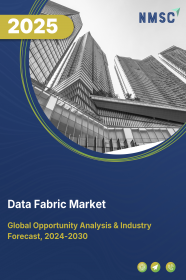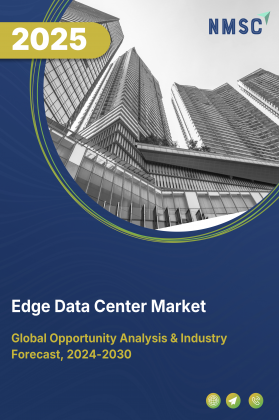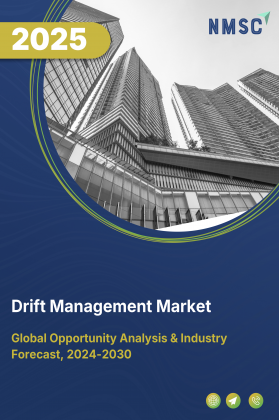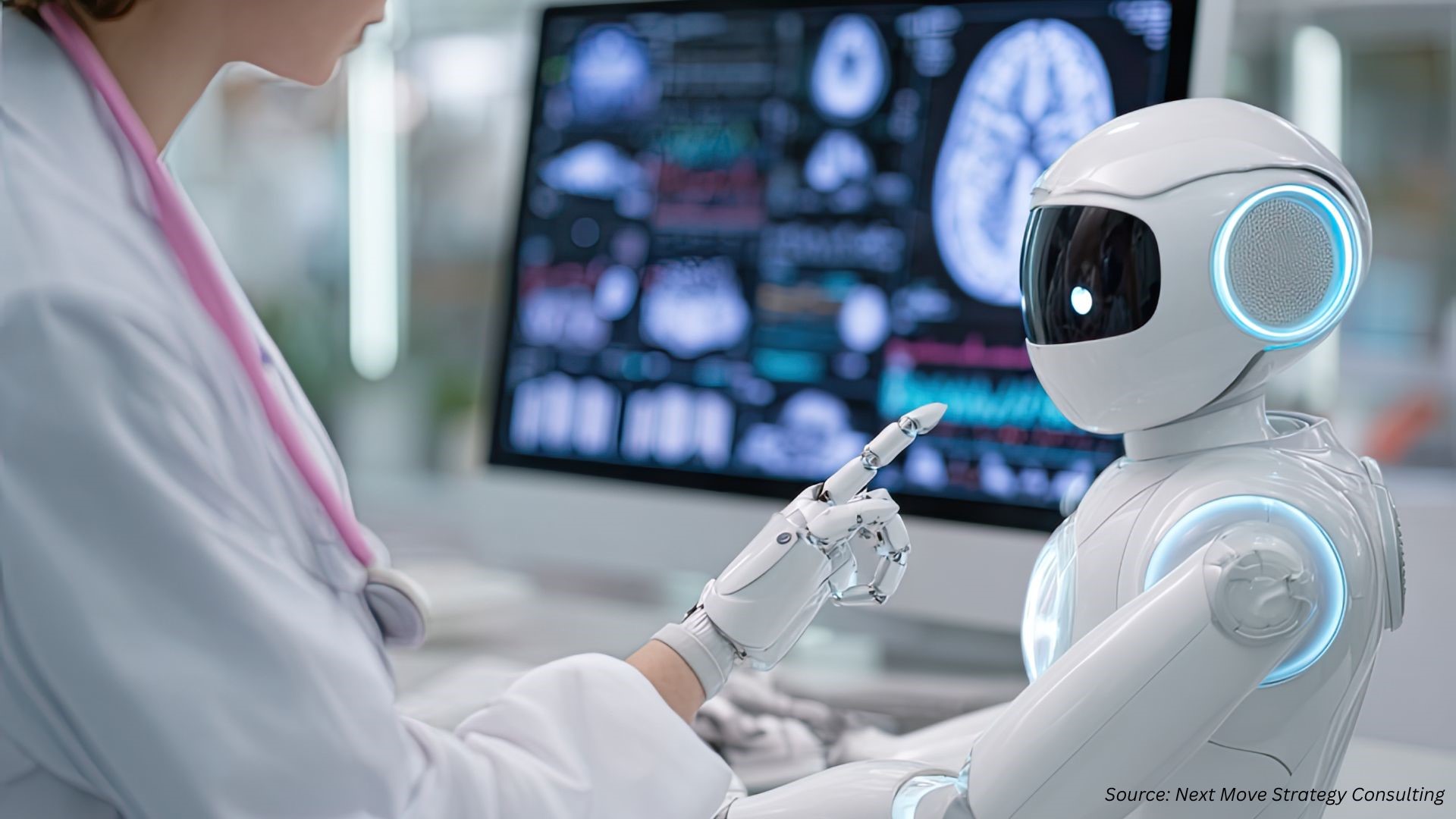
Data Fabric Market by Deployment (On-premise and Cloud), by Component (Software and Service), by Type (Disk-based Data Fabric and In-memory Data Fabric), by Enterprise Size (Small & Medium Enterprises and Large Enterprises), by Application (Fraud Detection & Security Management, Customer Experience Management, Risk & Compliance Management, Sales & Marketing Management, Business Process Management, and Others), and by End-Users - Global Opportunity Analysis and Industry Forecast 2024-2030
Market Definition
The global Data Fabric Market size was valued at USD 2.04 billion in 2023 and is predicted to reach USD 9.93 billion by 2030 with a CAGR of 25.34% from 2024-2030. Data fabric is a unified framework that connects and manages data from various sources, both on-premises and in the cloud, within an organization. It simplifies data integration, providing a cohesive view of data from databases, warehouses, applications, and more, promoting collaboration across departments.
Data fabric abstracts complexities, shielding users from data format differences. It ensures data governance and compliance with security measures. Efficient data movement and replication maintain consistency across the organization. Data orchestration supports data workflows, transformations, and pipeline management. Scalability and performance optimize real-time data processing. Overall, data fabric is crucial for effective data management and analytics, enabling organizations to unlock the full potential of their data assets with flexibility and integrity.
Market Dynamics and Trends
The proliferation of Internet of Things (IoT) devices and edge computing generates vast amounts of data at the edge of networks. Data fabric helps integrate and manage this data, enabling organizations to leverage IoT-generated insights, thus fueling the market growth. The rise of cloud computing has led to data being distributed across multiple cloud platforms and on-premises systems. Data fabric's ability to seamlessly connect and manage data in hybrid and multi-cloud environments is driving its adoption.
In the modern business landscape, organizations are constantly striving to stay competitive by embracing digital transformation. Data fabric plays a crucial role in supporting these digital initiatives. By providing a unified data layer, data fabric enables organizations to seamlessly integrate data from various sources and formats. This unified view simplifies data management and facilitates efficient application development, empowering businesses to make data-driven decisions, respond to market changes quickly, and gain a competitive edge in their respective industries.
However, the complexity of implementing and managing data fabric solutions along with the high cost of maintaining data fabric systems are the factors restraining the growth of the data fabric market. On the contrary, integration of advanced technologies such as artificial intelligence, machine learning and cloud-based data fabric architectures that offers quick access data to help organizations in planning new marketing strategies & targeting potential customers are expected to create ample growth opportunities for the market in the coming years.
Market Segmentations and Scope of the Study
The data fabric market share is segmented on the basis of deployment, component, type, enterprise size, application, end user and geography. On the basis of deployment, the market is divided into on-premise and cloud. On the basis of component, the market is classified into software and service. On the basis of type, the market is categorized into disk-based data fabric and in-memory data fabric.
On the basis of enterprise size, the market is bifurcated into small & medium enterprises and large enterprises. On the basis of application, the market is further segmented into fraud detection & security management, customer experience management, risk & compliance management, sales & marketing management, business process management, and others.
On the basis of end user, the market is divided into BFSI, telecommunications & it, retail & e-commerce, healthcare, manufacturing, government, energy & utilities, media & entertainment, and others. Geographic breakdown and analysis of each of the aforesaid segments includes regions comprising of North America, Europe, Asia-Pacific, and RoW.
Geographical Analysis
North America holds the dominant share of data fabric market at present and is expected to continue its dominance during the forecast period. This is attributed to the increasing demand for 5G technology, offering faster, more reliable connectivity, and also creating a surge in data generation and transmission. According to the Cellular Telephone Industries Association, analysts anticipate that the introduction of 5G technology will result in a substantial boost of USD 1.5 trillion to the United States' economy and the creation of at least 4.5 million new jobs. Data fabric solutions are increasingly essential to manage, integrate, and analyze this vast amount of data effectively. They enable businesses to harness the full potential of 5G technology, facilitating real-time insights, improved decision-making, and enhanced customer experiences.
Also, presence of major key players such as Denodo Technologies, Hewlett Packard Enterprise Development LP, NetApp Inc. and Oracle Corporation that are launching new products to meet the market demands boosts the market growth in this region. For instance, in June 2022, Hewlett Packard Enterprise launched HPE GreenLake for Data Fabric, which is a fully managed service that combines industry’s first hybrid analytics-ready data fabric with HPE GreenLake hardware, software and services. This service enabled IT in control with a single view to manage and monitor distributed data.
On the other hand, Asia-Pacific is expected to show a steady rise in the data fabric market due to rising government initiatives for adoption of cloud technology in countries such as Malaysia and Singapore. This enables easy access to wide range of data in data fabric architecture in this region.
For instance, in March 2022, the Malaysian government announced a new Cloud Framework Agreement (CFA) with Amazon Web Services (AWS). This agreement lays the groundwork for government agencies in Malaysia to leverage AWS's cloud computing services, potentially facilitating the implementation of data fabric solutions. This enabled to accelerate cloud adoption in the public sector & agencies as well as contribute to the growth of Malaysia’s digital economy. This collaboration offers scalability and data management capabilities for public sector applications, driving the growth of data fabric market.
Moreover, rising investments and implementation of AI-driven technologies in a wide range of industries including healthcare, energy, and transportation in large economies such as China, India and Japan are expected to drive the data fabric market growth in this region. For instance, in February 2022, SenseTime launched Asia’s largest AI data center in Shanghai with an investment of USD 880 million.
The new data center analyzes large datasets and serves companies across various sectors to focus on the smart business, smart city, smart life and smart auto industries. As businesses and governments in the Asia Pacific region continue to invest in data-related infrastructure, the data fabric market is predicted to witness significant growth.
Competitive Landscape
Various market players operating in the data fabric industry includes International Business Machines Corporation, SAP SE, Oracle Corporation, Informatica LLC, Talend Inc., Denodo Technologies, Hewlett Packard Enterprise Development LP, Dell Technologies Inc., NetApp, Inc., Precisely, Google Dataplex, Splunk LLC, Teradata Corporation, Software GmbH, K2VIEW and others. These market players are adopting various strategies such as product launches of new products across various regions to maintain their dominance in the data fabric market.
For instance, in March 2023, SAP launched SAP DataSphere, a solution designed to simplify and improve customers' data management processes. This innovation significantly impacts the data fabric market by making data-related tasks more efficient and accessible for businesses. It offers a comprehensive approach to managing and utilizing data, addressing the growing need for streamlined data management solutions.
Also, in November 2022, IBM launched new software named business analytics enterprise designed to address data silos and enhance planning and analytics. This software aims to streamline data integration and analysis, which can benefit the data fabric market by promoting more efficient and unified data management processes.
Key Benefits
-
The report provides a quantitative analysis and estimations of the data fabric market from 2024 to 2030, which assists in identifying the prevailing industry opportunities.
-
The study comprises a deep dive analysis of the current and future data fabric market trends to depict prevalent investment pockets in the market.
-
Information related to key drivers, restraints, and opportunities and their impact on the data fabric industry is provided in the report.
-
Competitive analysis of the key players, along with their market share is provided in the report.
-
A SWOT analysis and the Porter's Five Forces model is elaborated on in the study.
-
Value chain analysis in the market study provides a clear picture of the roles of the stakeholders.
Data Fabric Market Key Segments
By Deployment
-
On-premise
-
Cloud
By Component
-
Software
-
Service
By Type
-
Disk-based Data Fabric
-
In-memory Data Fabric
By Enterprise Size
-
Small & Medium Enterprises
-
Large Enterprises
By Application
-
Fraud Detection & Security Management
-
Customer Experience Management
-
Risk & Compliance Management
-
Sales & Marketing Management
-
Business Process Management
-
Others
By End User
-
BFSI
-
Telecommunications & IT
-
Retail & E-Commerce
-
Healthcare
-
Manufacturing
-
Government
-
Energy & Utilities
-
Media & Entertainment
-
Others
By Geography
-
North America
-
The U.S.
-
Canada
-
Mexico
-
-
Europe
-
The UK
-
Germany
-
France
-
Italy
-
Spain
-
Denmark
-
Netherlands
-
Finland
-
Sweden
-
Norway
-
Russia
-
Rest of Europe
-
-
Asia Pacific
-
China
-
Japan
-
India
-
South Korea
-
Australia
-
Indonesia
-
Singapore
-
Taiwan
-
Thailand
-
Rest of Asia Pacific
-
-
RoW
-
Latin America
-
Middle East
-
Africa
-
Key Players
-
International Business Machines Corporation
-
SAP SE
-
Oracle Corporation
-
Informatica LLC
-
Talend Inc.
-
Denodo Technologies
-
Hewlett Packard Enterprise Development LP
-
Dell Technologies Inc.
-
NetApp, Inc.
-
Precisely
-
Google Dataplex
-
Splunk LLC
-
Teradata Corporation
-
Software GmbH
-
K2VIEW
REPORT SCOPE AND SEGMENTATION:
|
Parameters |
Details |
|
Market Size in 2023 |
USD 2.04 Billion |
|
Revenue Forecast in 2030 |
USD 9.93 Billion |
|
Growth Rate |
CAGR of 25.34% from 2024 to 2030 |
|
Analysis Period |
2023–2030 |
|
Base Year Considered |
2023 |
|
Forecast Period |
2024–2030 |
|
Market Size Estimation |
Billion (USD) |
|
Growth Factors |
The demand for data fabric is increasing due to the rising adoption of IoT devices. The growing demand for real-time data processing and analysis in various industries. |
|
Countries Covered |
28 |
|
Companies Profiled |
15 |
|
Market Share |
Available for 15 companies |
|
Customization Scope |
Free customization (equivalent up to 80 working hours of analysts) after purchase. Addition or alteration to country, regional, and segment scope. |
|
Pricing and Purchase Options |
Avail customized purchase options to meet your exact research needs. |




















 Speak to Our Analyst
Speak to Our Analyst

























